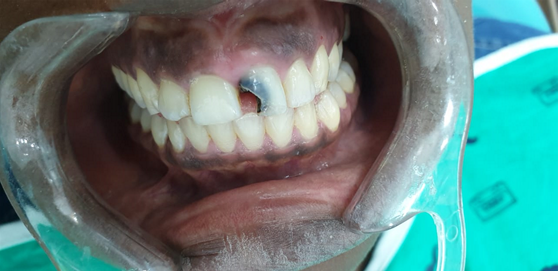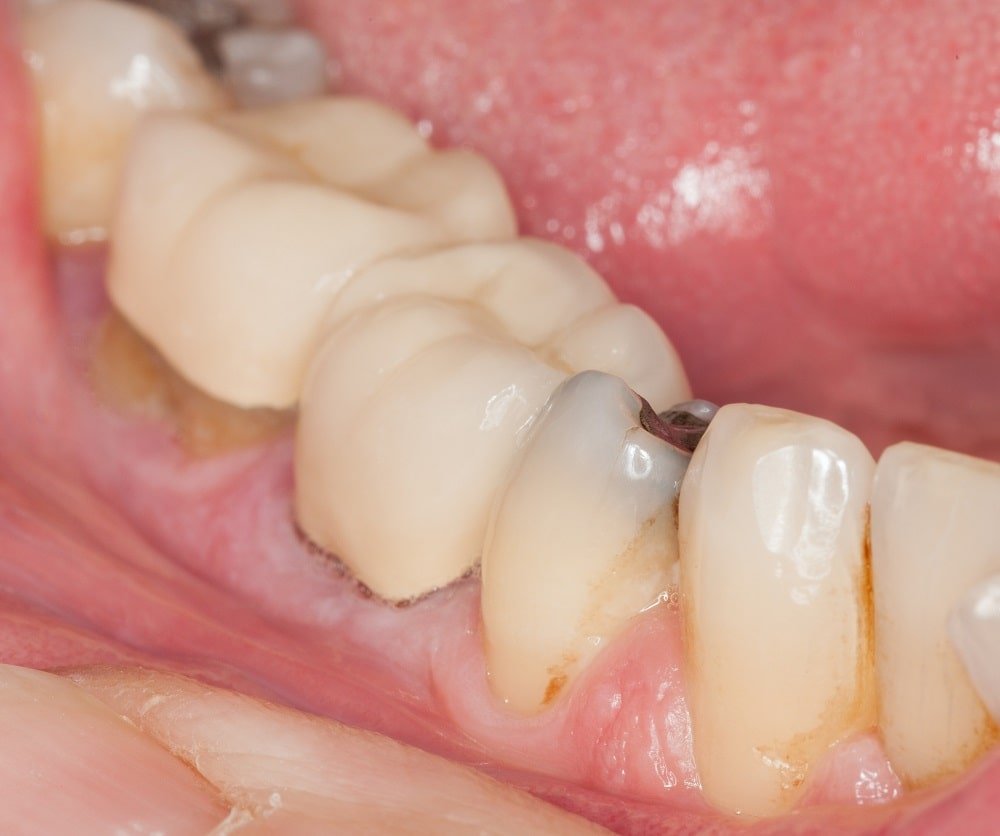Toothache is one of the most common signs that one’s tooth or teeth have been hit by decay, also known as dental caries. Tooth decay does not happen overnight; it is a gradual process that can be phased into five different stages.
Note that tooth decay can be reversed and much damage or costly treatments avoided if detected and addressed in its early stages.
Phases of decay
Phase 1: Surface White Spots
Tooth decay kicks in as small white spots on the surface of your dental enamel due to the accumulation of plaque and loss of calcium mineral. Plaque is a sticky biofilm that develops on teeth as a result of the bacteria that naturally live in the mouth. The danger is bacteria in plaque begins to feed on the sugars within your food resulting in the release of decay-causing acids on the surface of your enamel.
Phase 2: Enamel Decay
Repeated acid attacks as described in ‘Phase 1’ above leads to the decay of your dental enamel hence exposing the affected tooth to more tooth decay vulnerability. At this stage, a lesion forms within the tooth but no pain will be felt due to the absence of nerves in your enamel.
Phase 3: Dentin Decay
If ‘Phase 2’ goes on undetected, the decay reaches the dentin layer. When this happens, you will experience pain and hypersensitivity. The dentin layer is next after your dental enamel and covers the pulp. This part has numerous microscopic tubules with access to the inner nerve of the tooth. Often, the enamel totally collapses and a cavity is formed. Decay can be reversed at this stage through dental fillings.

Phase 4: Pulp Decay
Tooth pulp carries all the blood vessels and nerve endings of your tooth. This stage of decay primarily signifies the infection of your pulp and the affected tooth experiences unbearable pain. We regard this as a critical stage; and Root Canal Treatment should be done at the earliest opportunity to guard against severe damage to the tooth structure and possible tooth loss.
Phase 5: Abscess
If pulp decay is not stopped the tooth decay process goes further to cause an abscess. An abscess is an infection of the tooth’s root, which risks your jawbone and surrounding tissues. This stage is often accompanied by extreme pain.
How to protect yourself from tooth decay
None of us can totally block the formation of plaque. However, we can help prevent damage caused by the accumulation of plaque and subsequent tooth decay phases.
- Always brush your teeth twice, a day using fluoride toothpaste to help strengthen the teeth against cavities,
- Floss at least once a day to get to the areas in between the teeth and reduce the buildup of plaque before it turns to tartar
- Limit the rate of sugary foods and snacks you eat to help keep your mouth’s natural bacteria at an optimal level.
- Fluoride treatments and dental sealants can help stop the tooth decay process once enamel decay has been detected.
- Visit your dental hygienist or dentist regularly for professional teeth cleanings. We recommend you do so after every 6 months.
Would you be interested to consult our specialists about dental caries or other oral health concerns?


Leave a Reply